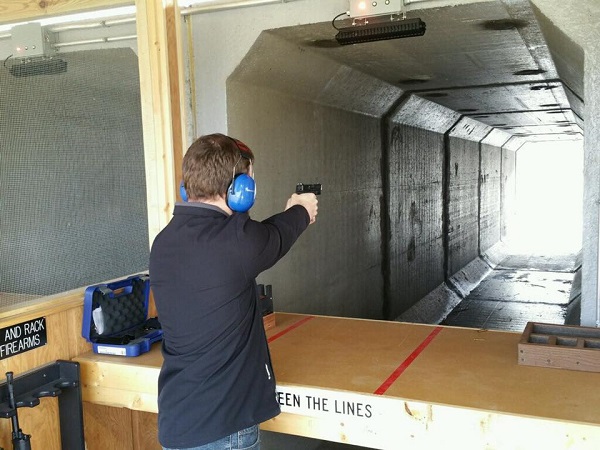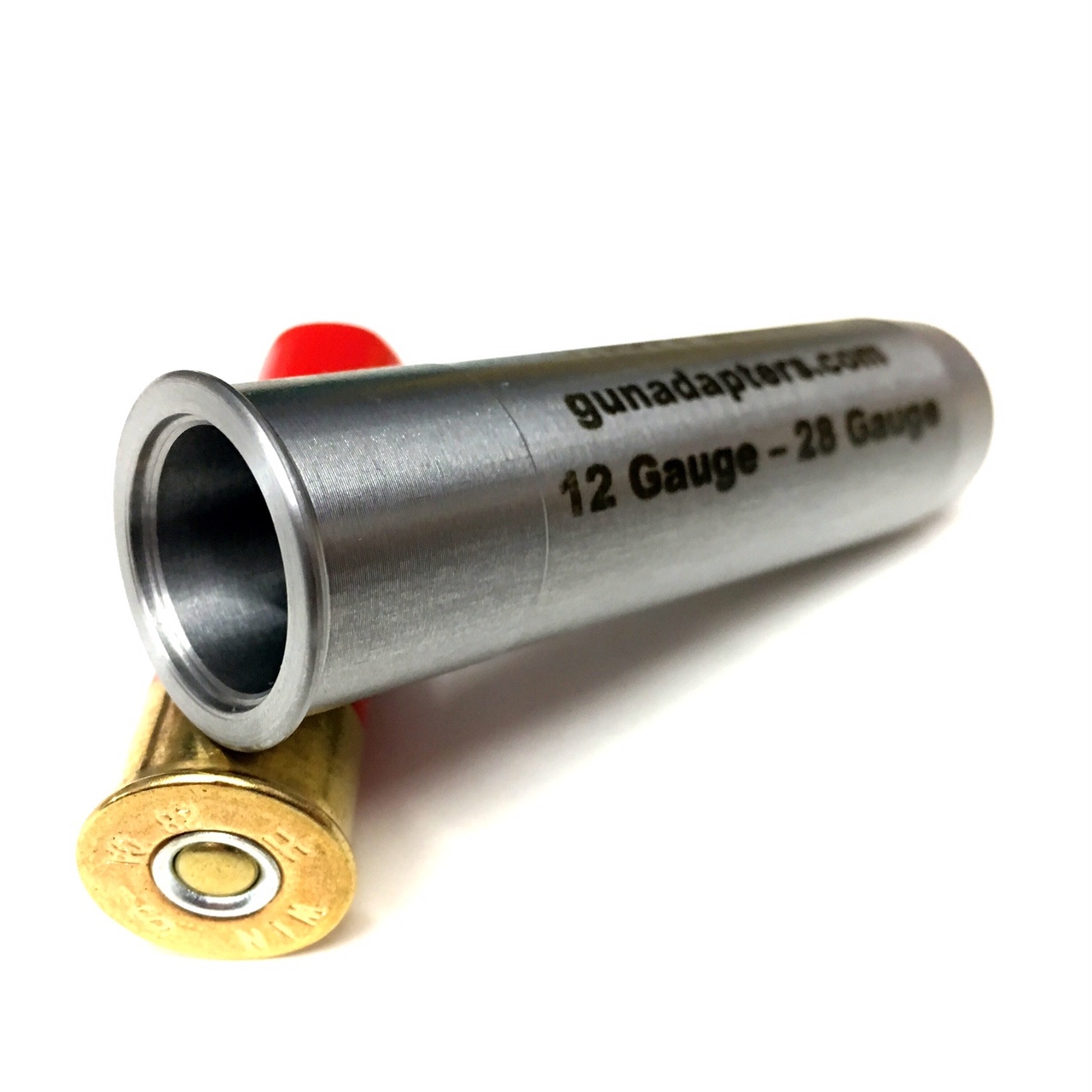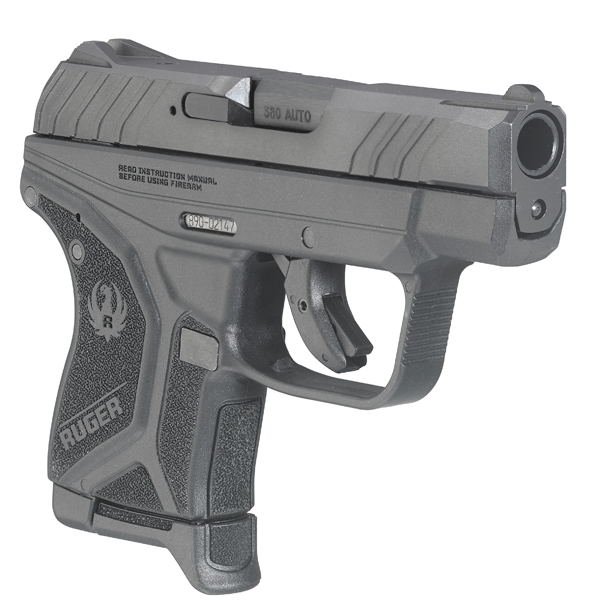
Comparing shots of 20 gauge vs 12 gauge, the Winchester rifled shot slug, or the 223 Remington is a good way to find out which is better. Although each cartridge has its advantages and disadvantages, the basic ounce shot remains the same. Some argue that shot string is different. While some people claim that the string looks the same, it wouldn't be evident on a patterning table. The reason there is a difference between the two gauges of shot is because the shot is removed from the shell casing.
20 gauge
Recoil is the most important difference between 20-gauge and 12-gauge shotguns when it comes to hunting. For those who wish to improve their accuracy, the 20 gauge shotgun has less recoil. These smaller shells are also easier to follow up with. Shooters who prefer a smaller gauge gun will find it easier to use. These are just a few of the many benefits that smaller gauges offer.
Pheasants are small birds and upland game bird species. A 20 gauge shotgun would be the best and most practical choice. A 12 gauge shotgun is too big for hunting, and your meat could be damaged. You will also need to clean 20-gauge shotguns more frequently. As with any piece of equipment, following the factory manual is essential.

12 gauge
The difference in shot count between 12 gauge revolvers (20 gage) is the most important. Both sizes have similar velocities but a heavier bullet delivers more power to a target. A lighter bullet is easier and more convenient to use, but a heavier gun can be cumbersome to transport around for long periods of time and is slower to get into action. Two gauges are a good rule of thumb to match your hunting style. You can choose one of the two gauges you prefer. Before making a decision, please consider these factors.
The 12-gauge is versatile, and can be used to hunt larger game animals. However, it is less versatile than the 20-gauge. The 12-gauge shotgun has a greater stopping power, and an extended range. But, shotguns of 20 gauge are lighter and more comfortable to use, which makes them better for hunting. Furthermore, a 20-gauge shotgun has a lower recoil than a 12-gauge shotgun, making it more convenient to shoot.
Winchester rifled slug
There are several differences in the 20- and 12-gauge rifledslugs. While the 12-gauge is less powerful than the 20 gauge, it delivers about 75 percent of the same amount of lead. It also has a lower recoil, which you feel when you fire the weapon. This lower recoil will help you align your shot more precisely. The 20 gauge shells are easier and more accurate to shoot.
The difference in these two types lies in their design. Full-bore, on the other hand, have a pointed nostril. The former has more forward momentum and does not spin. In this instance, the Winchester rifled shotgun slug is much more precise. It's also recommended for hunting larger game, as it has higher muzzle velocity.

223 Remington
The difference in power between the two common shotguns lies not so much in how they shoot. The 20 gauge shotgun has a less powerful recoil which is beneficial for people with smaller hands and less experience. The lower recoil will help shooters line up shots more accurately and reduce the chance of flinching. The 20 gauge also has a lower recoil which makes it more user-friendly and convenient for younger shooters.
While they share the same basic principle and are functionally identical, the common shotgun cartridges differ in appearance. Remington 20 gauge is 2 3/4 inch in diameter and loaded with 2 1/2 dram powder. It is the same shot size as the 12 gauge at 7.62mm. The 20 gauge, unlike its 12 gauge counterpart, offers a remarkable range for medium-sized games. Its low recoil makes the 20 gauge an excellent choice when hunting, from varmints up to upland bird species. Remington markets it as a hunting ammunition.
FAQ
Why is it that the U.S. Department of Agriculture (USDA), only estimates that 1% of hunters kill a deer each year?
The USDA estimates that about 6.5 million Americans hunt deer. Only 2.2 million of these people actually shoot deer.
This means that only about 0.6 percent of all hunters kill a deer each year.
How many deer hunters there are in the U.S.?
The number of deer hunters in the United States is estimated at over 20 million. This includes professional as well recreational hunters.
What is the most critical part of hunting wildlife?
How do we get there The first step is to learn how to shoot accurately. We must then learn to hit our target. Then, it is time to learn how make adjustments when you miss.
The most important part of hunting is knowing what you're doing. You will never be able to improve if your knowledge is not up-to-date. You might think you've improved because you've gotten better shots, but if you didn't know what you were doing before, those shots won't mean anything. This is also true for hitting targets. If you don't understand why you're missing, you'll never improve. You need to understand what you want.
Knowledge is key. Your ability to hunt depends on your understanding of the animal you're trying to kill. If you go out into nature, you will want to be as knowledgeable as possible about the animals you come across. It's important to learn about their habits, personalities, and behaviors. This way, you can plan your hunts so they go smoothly and efficiently.
Learning from past success stories is a great way to improve your skills. You can find many books on the topic. In addition, there are websites like www.thehuntingzone.com that offer great tips and advice. You can also find people with years worth of experience. They can help identify the best and worst practices.
It's time for you to practice once you've learned all that you can. Practice makes perfect. It's not enough to practice until you feel confident. Instead, you should practice to become confident. Confidence allows one to relax and enjoy each step. Relaxation makes it easier to concentrate on the task at-hand. You can capitalize on every opportunity that comes your way by concentrating. Opportunities come only when you're relaxed and focused.
Now it's time put your new skills to work. If you fail, don't be discouraged. Keep practicing and improving. Eventually, you'll find success.
Statistics
- Licenses dropped from a peak of roughly 17 million in the 1980s to 15 million in 2019, according to The Seattle Times. (stacker.com)
- In less than 20 years, Rhode Island saw a 40% drop in the number of hunting licenses for residents, according to The Valley Breeze. (stacker.com)
- Indiana, for example, saw a 28% jump in turkey license sales during the first week of the season. (stacker.com)
- - Percent of residents with paid hunting licenses: 0.7%- (stacker.com)
External Links
How To
How to build a Deer Blind
A deer blind can be used as a hunting device to conceal game animals like deer and elk. It usually consists of an enclosed area made of wood or canvas that is covered with branches, leaves, and sometimes covered with leaves. The hunter waits for the animal's arrival and hides in the enclosure. Hunting at night is easier with a deer blind.
There are many types of deer blinds. Some are portable while others are permanent structures. They are made from materials such as plywood, cardboard and plastic.
The most commonly used type of deerblinds is the box blind (also called box stand), which consists of a wooden box with roof and walls. They are easy to construct and move.
A tree stand is another type of deer blind. Tree stands look natural and are so natural that nobody would be able to tell they exist. Most tree stands are permanently attached to trees.
Other types include ground blinds, which are similar to tree stands except they are built into the ground. Ground blinds can often be disguised with dirt, rocks, sand, or grass. Ground blinds may also be known as "ground boxes"
There are many different ways you can hunt in a deer blind. You can wait for the animal's approach by sitting still. You can also try moving around to scare away the animal. If you choose this method, make sure you stay quiet and don't move too much. This could lead to the animal thinking you're a prey and running away.
You will need to locate a spot where you can use the blind. Pick a spot where there is no wind to blow your scent towards the animal. Also, avoid areas where people hike frequently.
Also, ensure you understand how to set up a deer blind. The last thing you want is for the animal see you and run.